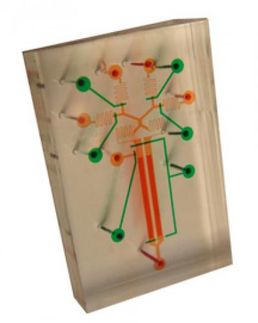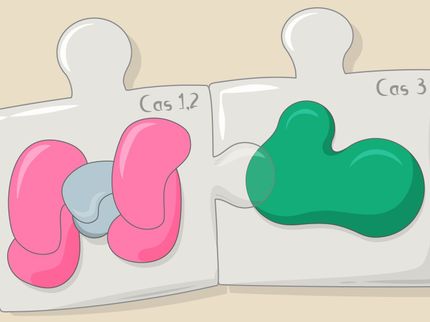Researcher explains how hosts fight infections without killing off 'friendly' bacteria
Advertisement
Over the last decade, vertebrate immunologists have debated the validity of two distinct models of how immune systems work. Now, a Cornell entomologist argues in Science that clues from insect immunity suggest that the two models may not be mutually exclusive and, in fact, may work in tandem to trigger appropriately calibrated immune responses.
According to one model, immune systems are activated when they recognize "non-self" molecules, including those displayed by infectious bacteria. In the other model, an immune response occurs after the body recognizes "danger" signals released from damaged host cells.
But Brian Lazzaro, a Cornell associate professor of entomology, argues that insect immunity studies suggest that signals from both systems may be required to launch a full defense response, and that insects have mechanisms for disregarding the presence of microbe molecules in the absence of signs of cell damage.
"We took insights from studies of insect immunity, which are generalizable to vertebrates, and we find no reason to think these models are mutually exclusive," said Lazzaro, who co-authored the paper with Jens Rolff of the University of Sheffield.
Perhaps more importantly, the dual-system theory may also help explain how hosts can fight pathogenic infections while also maintaining healthy relationships with "friendly" microbes, which are essential for proper functioning in vertebrates and insects.
Animal guts, for example, are regularly exposed to pathogens in food while also requiring beneficial microbes for digestion and converting nutrients to usable forms. Lazzaro points out that insect studies have shown that when a host recognizes foreign agents without danger signs of cell damage, immune system activity occurs at a lower level, thereby actively regulating the number of beneficial microbes without completely eliminating them.
By only launching a full-blown defense response when foreign molecules are detected and when there are danger signals from damaged host tissues, a host takes an economical approach to defense, since there are energetic costs to deploying a full-blown immune response. Lazzaro and Rolff write that this approach is similar to agricultural pest control strategies where farmers use pesticides at levels necessary to suppress pests when the amount of damage caused by the pest is high, but may not strive for complete eradication if the cost of pest damage is lower than the cost of further control.
"This measuring of signals may allow the host to effectively fight an infection while maintaining healthy relationships with friendly bacteria," said Lazzaro.




























































